

We want to make helping the planet feel effortless.
Unlike almonds, which require irrigation; or cattle, which contribute to deforestation and greenhouse gas emissions; peas have a small environmental footprint. Yellow peas grow in areas that receive lots of rain, so they need little or no irrigation.
Simply choose Ripple as your dairy alternative to help make the world a little greener.
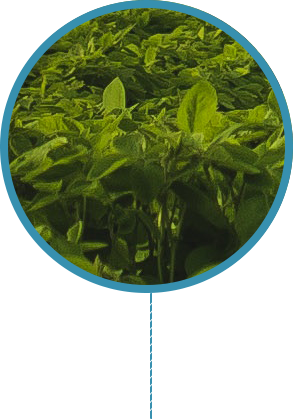
Ripple’s products are certified non‑GMO by the Non‑GMO Project. Unlike soy or other ingredients that can come from both GMO and non‑GMO sources, the yellow peas found in Ripple can only be obtained from non‑GMO seeds.
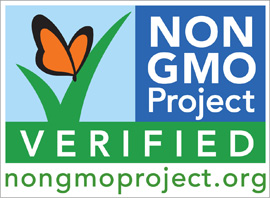
1000
Gallons of water to make just
1 gallon of milk2
Nearly 6xmore water to get the same amount of protein from almond milk than it does from Ripple3
With water scarcity taken into account, growing almonds takes 100x more water than peas;
dairy milk takes 25x more water than Ripple4
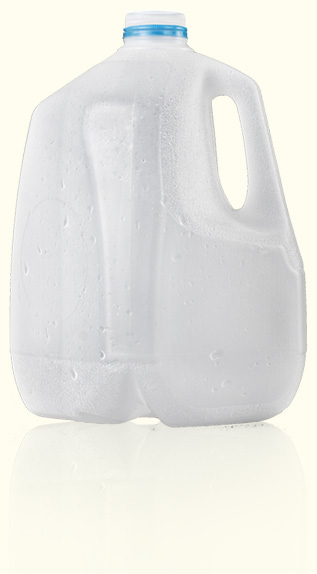
It takes
1.1 Gallons
of water
to make a
single almond5 
99% of all almonds in the US are grown in California
The California region is dependent on importing water because not enough rain falls there to farm almonds naturally. In fact, the California almond industry consumes the same amount of water in one year that the entire city of San Francisco uses in 17 years!
UNEP and the Society for Environmental Toxicology and Chemistry (SETAC) Life Cycle Initiative has developed a methodology for assessing water scarcity known as the AWARE method (Available Water Remaining), which represents the available water remaining in a watershed after the demand of humans and ecosystems has been met.
With water scarcity taken into account, growing almonds requires 100 times as much water per ton of crop as dry peas. Dairy milk requires 25 times more water per liter of milk than Ripple.
86% lower GHG emissions
than almond milk4
Nearly¼ the emissions of dairy milk4
and
1 pound of almonds produces
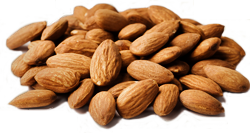
1.6 lbs
of CO2e6
1 pound of peas produces
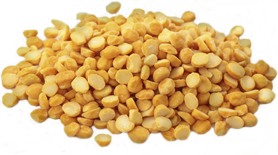
1/3 lb
of CO2e7
1.6lbs
of CO2e6
<1/3lbs
of CO2e7
That’s because yellow peas are legumes, and legumes don’t require the huge inputs of nitrogen fertilizer and irrigation water that almonds do.8 Yellow peas grow in areas that often receive sufficient rainfall to grow, and they produce their own nitrogen from the air, eliminating the need for the nitrogen fertilizer that almonds require (which is usually produced from natural gas). These differences at the crop level account for the big differences in carbon footprint between Ripple and almond milk.
Cows require large amounts of carbon-intensive cattle feed and release large amounts of methane, contributing to greenhouse gas emissions. Those emissions don’t occur with a plant-based milk like Ripple. Yellow peas aren’t just better for you, they’re better for the earth.
A gallon of milk produces
17.6lbs
of CO2e9
At Ripple we believe that the recipe for healthy living is actually really simple.
Find Out More
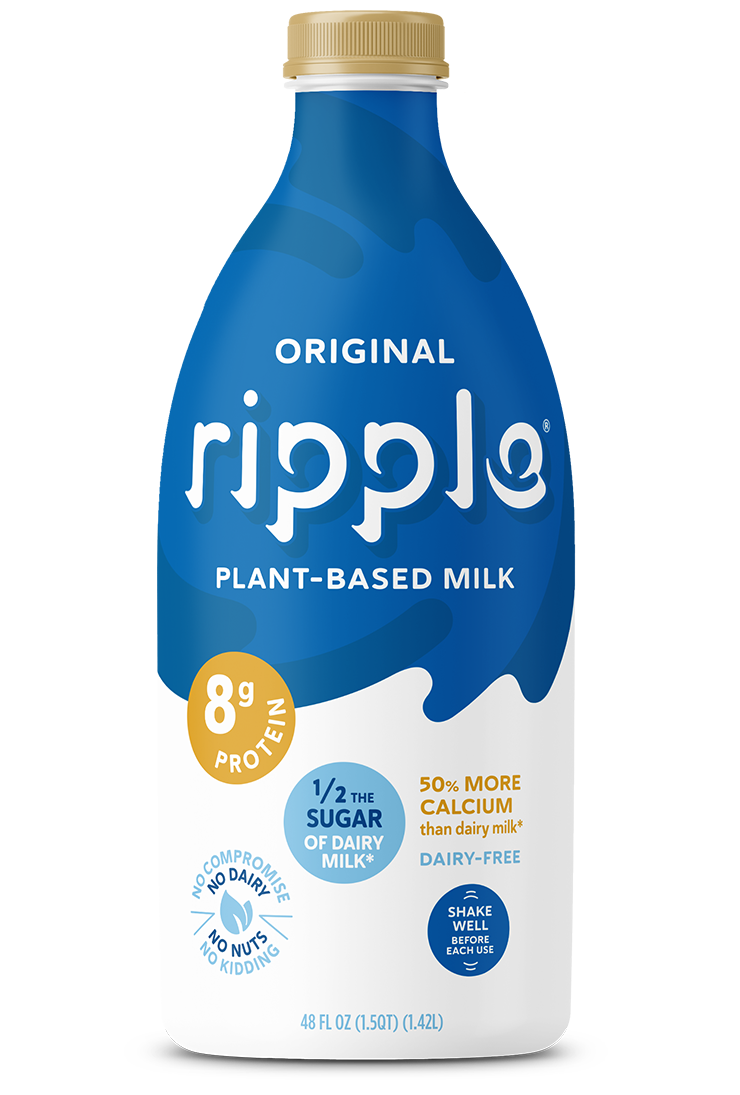

We don’t claim that making plant-based foods will save the world... but we think it can help.
Find Out More